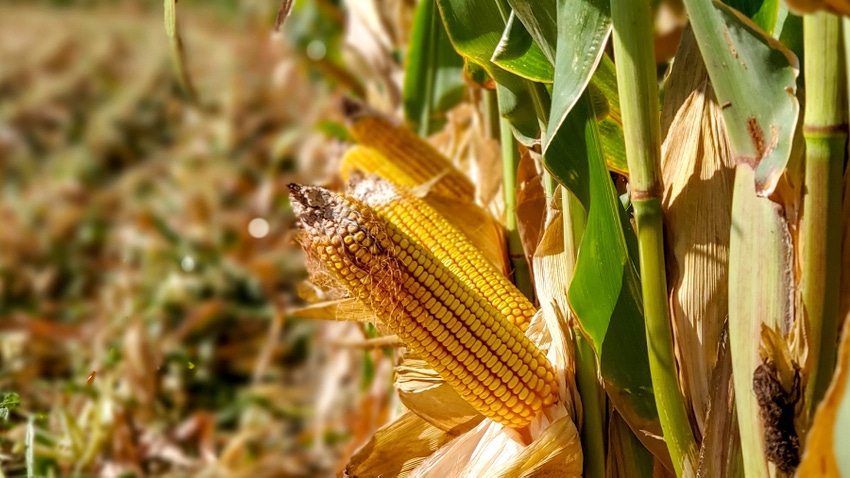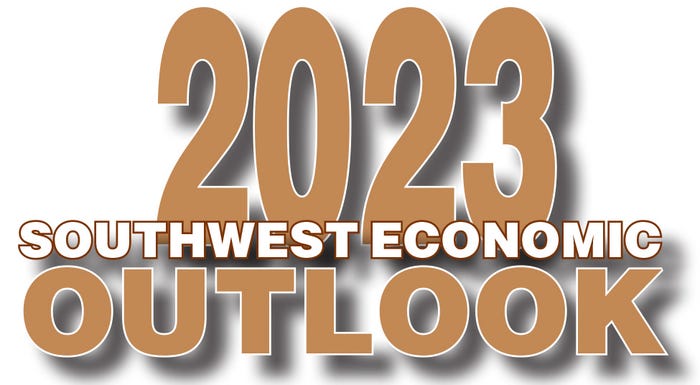
*This is the next article in our 2023 Southwest Economic Outlook series. Hear from Oklahoma State University and OSU Extension Service, and Texas A&M University and TAMU AgriLife Extension Service economists about the 2023 outlook.

With corn stocks-to-use ratios at some of the lowest levels of the last 10 years and the war in Ukraine raising questions of available exportable grain supplies in the key Black Sea production region, 2022 was the year when, in the words of one grain trader, “We can’t lose acres and we can’t lose yield.” As the year progressed, it turns out we lost both.
At the Outlook Forum in February 2022, USDA projected 92 million planted acres of corn in the U.S. for 2022. In the March Prospective Plantings report, that survey showed farmers intended to plant $89.5 million acres. By fall, the corn planted number was 88.6 million. The yield estimate fell from 181 bushels per acre in February to 172.3 by November.
Total U.S. corn production exceeded total use in the 2021/2022 marketing year by 118 million bushels (see Figure 1). With fewer acres and a shortfall in yield in the 2022/2023 marketing year, production fell below use by 255 million bushels. The season-average farm price (national average cash price received by farmers) for the 2021/2022 marketing year was $6 per bushel. The current estimate for the 2022/2023 marketing year is $6.80 per bushel.
For the 2022 U.S. corn crop, the conditions above led to a marketing year of tight stocks and high prices. What do production, use, and price prospects look like for corn in 2023?
In its release of long-term agricultural projections, the Office of the Chief Economist at USDA projects corn fundamentals for 2023 that show an increase in corn acres, higher yields, and production once again outpacing use (+515 million bushels). These fundamental factors of supply and demand would put downward pressure on prices. The season-average farm price under these conditions is estimated at $5.70 per bushel.
On average, per acre, net revenue from corn in the long-term projections is down in 2023 by $124 compared to 2022. Revenue is lower by $134, cost is lower by $11. As is usually the case in production agriculture, input prices may come down as commodity prices fall, but usually at a much slower, lagged pace.
The fundamentals for grain sorghum in 2023 from the long-term projections are much like the situation in corn with more acres, higher yields, increased production, and lower prices ($5.60 per bushel). However, if we see drought relief in the Southern High Plains in 2023, the increase in yield might increase per acre revenue even in the face of lower prices. Based on a return to normal yields, sorghum revenue is up $91 per acre and costs are down by $5.00 per acre compared to 2022. Net return per acre for sorghum under those conditions is higher by $96 per acre.
It looks like 2023 could be a year of tight profit margins as fundamental forces put downward pressure on prices while input costs stay relatively high. Weather, global economic conditions, and geo-political unrest will continue to add uncertainty and volatility to markets. The challenges of 2023 are to control costs, lower break-even levels, and manage profitable pricing opportunities.
Read more about:
Grain MarketsAbout the Author(s)
You May Also Like




